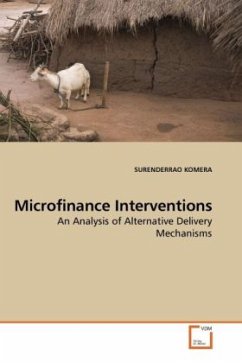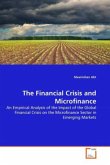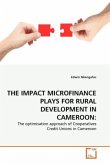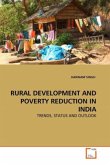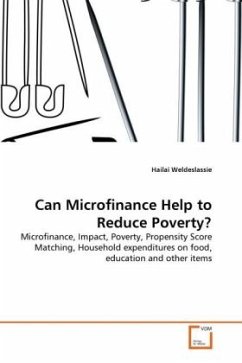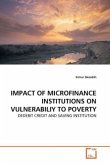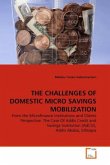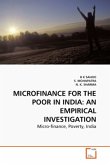Group based lending models are being employed to cater the financial needs of the poor. These group lending mechanism promises the win-win solution for both lender and borrower from the problems caused by the information asymmetry between them. In the sense that the group lending mechanism on one hand reduces certain institutional transaction costs by shifting screening (self selection) and monitoring activities to the group. On the other hand it uses the joint liability (peer pressure) as a substitute for collateral requirements in providing the financial services to the micro economy, which has been hitherto neglected by the formal institutions. For last two and half decades various kinds of such group based lending mechanisms have been emerged and the same has been reflected in India where various kinds of group lending mechanisms are being practiced to serve the micro economy. Such a unique situation raised many questions over their effectiveness in terms of their outreach and impact on the intended. The present monograph attempted to address these questions by analyzing the data collected particularly from the same institutional set up.
Bitte wählen Sie Ihr Anliegen aus.
Rechnungen
Retourenschein anfordern
Bestellstatus
Storno

